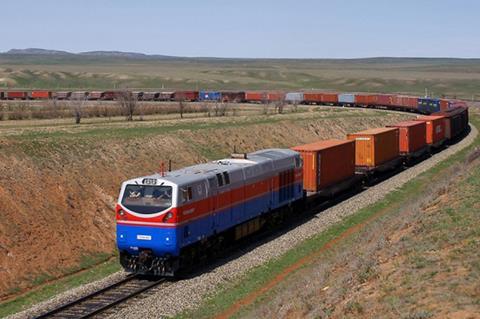
INTERNATIONAL: The development of a southern rail corridor between China and Europe via Central Asia, Iran and Turkey as an alternative to the established routes through Russia is facing substantial difficulties, a breakout session of the European Silk Road Summit heard.
Andreas Schwilling, Senior Advisor at Roland Berger’s transport centre of competence, said national and multinational initiatives including the CAREC programme are helping by supporting the modernisation of railways and development of transport corridors, but there needs to be a driving force to push through operating reforms.
‘What we lack are big integrators’ Schwilling said, adding that ‘it is a lot of work’ to offer an integrated service.
Geography poses a significant problem, as the northern route has a natural catchment area including industrial clusters in northern and central China. In contrast the southern route serves less populated and less industrially significant areas where freight does not need to be transported all the way to Europe. The Black and Caspian Seas pose obstacles which can be crossed by ferry, but these are dependent on the weather and usually operate on a charter basis.
There are also political challenges, as more borders means more governments and more customs agencies to deal with.
Geopolitical disputes and sanctions prose further problems, with Iran having a key location but being inaccessible for western companies.

















